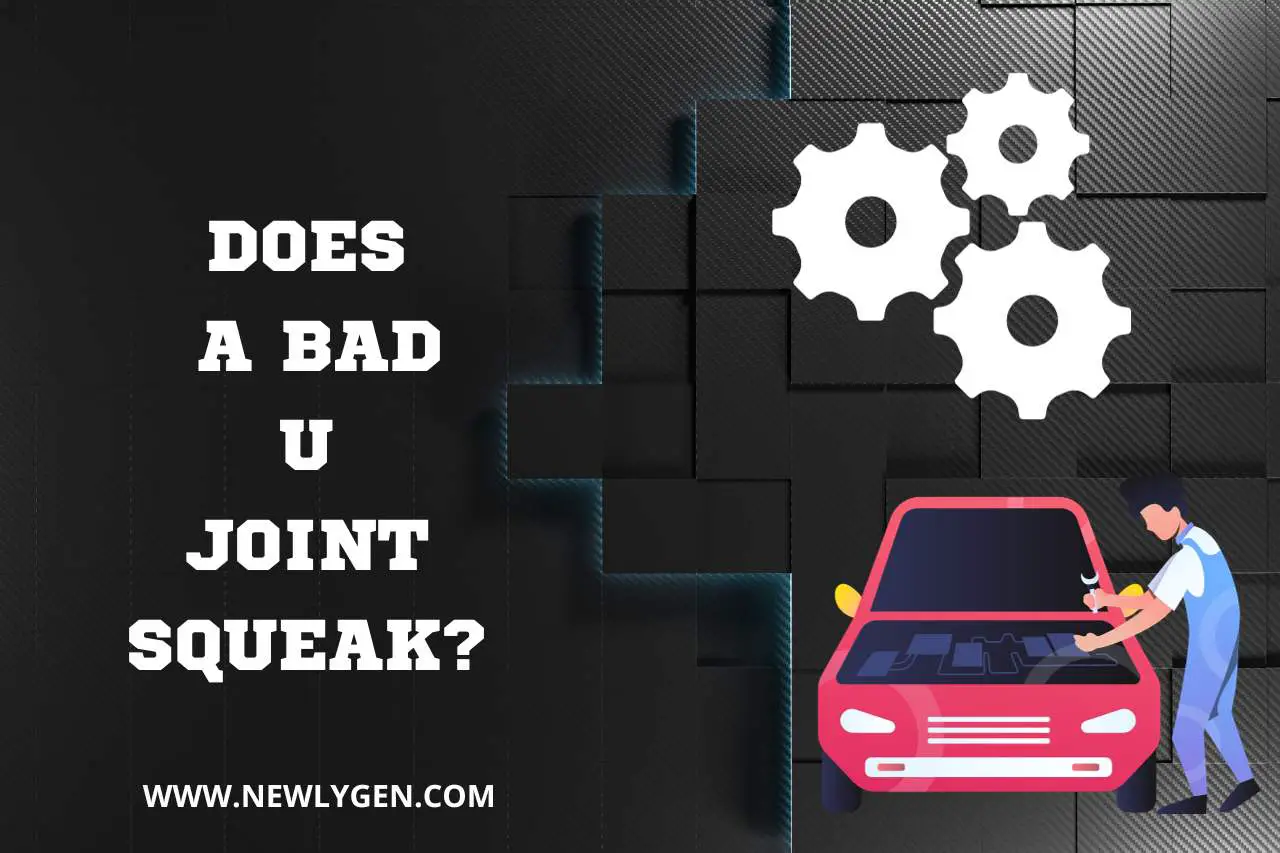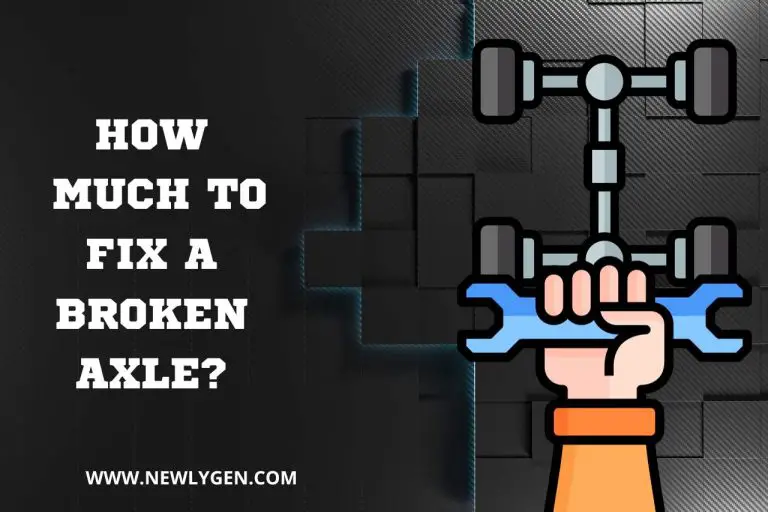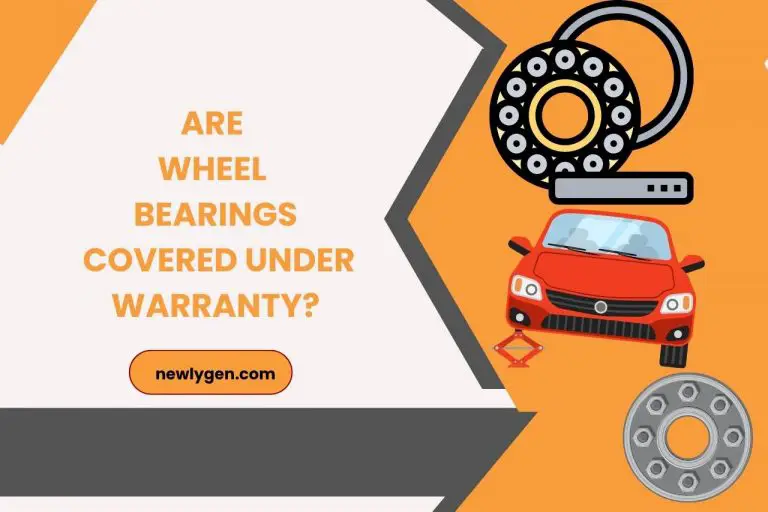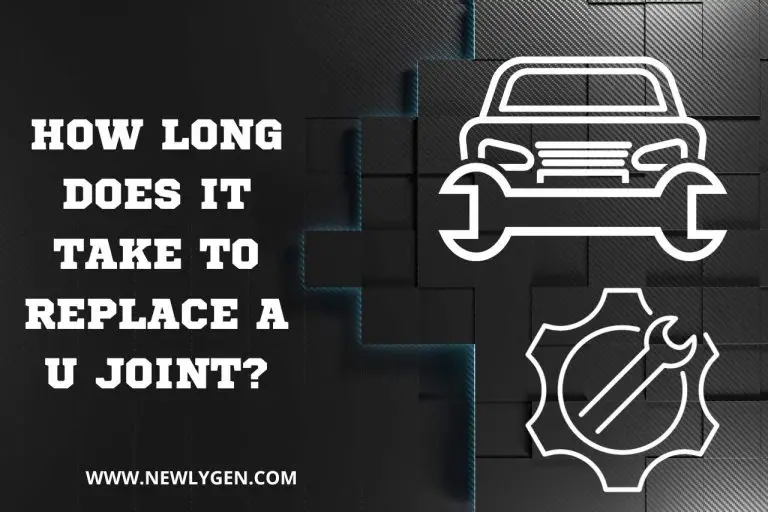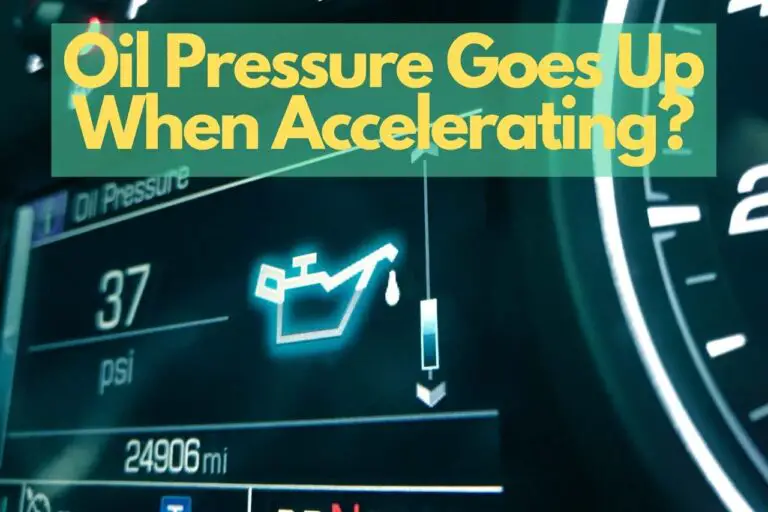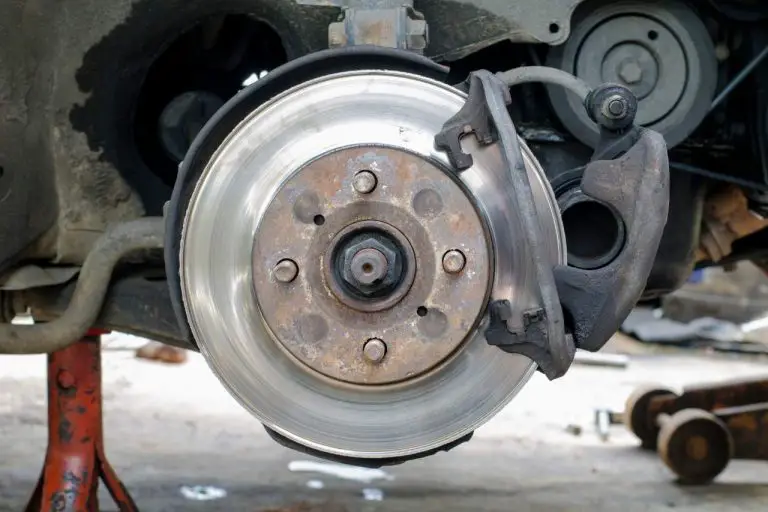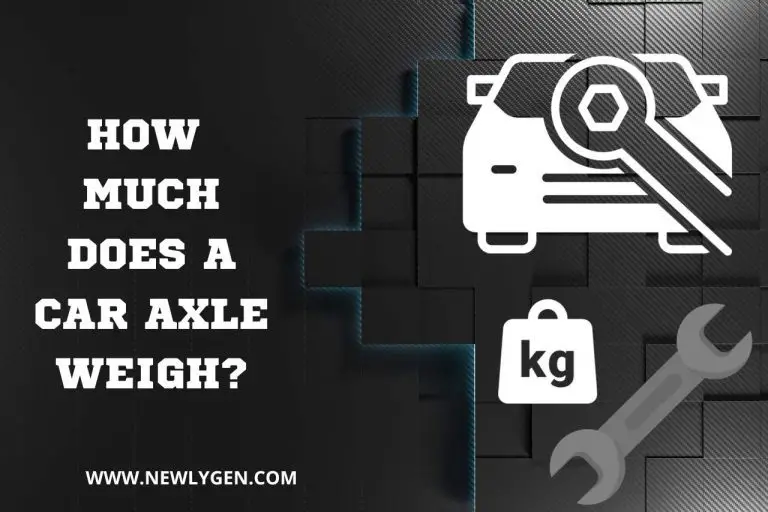Does a Bad U Joint Squeak? Preventative Maintenance!
Whenever you hear a squeaky sound from your vehicle, you might be wondering which component has gone bad. If you have been neglecting U joint maintenance, it can be the cause of the squeaky sound, too. In this comprehensive discussion, we will be providing all the symptoms of a bad U joint; thus, you can immediately realize whether your vehicle is dealing with a faulty U joint. Moreover, we explain the reasons behind a bad U joint, so keep reading!
Does a Bad U Joint Squeak?
Yes, a bad U-joint can squeak, much like a rusty door hinge, due to increased friction from a loss of lubrication. In fact, understanding this early symptom is crucial to prevent further damage.
Let’s discuss how the U joint makes a squeaky sound in detail. When a U-joint starts to fail, it loses the grease that keeps its movement smooth.
Just like when your bike chain gets dry and noisy, the metal parts in the U-joint rub against each other, causing that high-pitched squeak.
This is especially noticeable during low-speed maneuvers, such as starting to move or making turns.
We’ve found that the squeaking is most prominent when the car first starts moving and tends to quiet down once the vehicle has been running for a while, likely due to the parts warming up and expanding slightly.
You can confirm whether it’s the U-joint by focusing on the driveshaft areas where it connects to the axles or transmission.
We suggest turning the wheels slightly while stationary and listening closely. This helps isolate the sound, just like when you’re trying to find where a dripping sound is coming from in a quiet room.
How Long Can you Drive with a Squeaky U-joint?
In general, you should not drive with a squeaky U joint for more than a few hundred miles. The duration you can safely drive depends on the severity of the wear and your driving conditions.
In fact, it’s not advisable to drive for an extended period with a squeaky U-joint, as it’s an early warning sign of potential failure.
In the initial stages, when the U-joint starts to squeak, it might still be safe to drive for a short distance, like getting your vehicle to a nearby mechanic.
This could be a few days at most, depending on how often and how far you drive.
So, while there’s no exact ‘safe’ duration, our suggestion is to get the U-joint checked and potentially replaced as soon as you notice the squeaking sound.
It’s always better to be safe and proactive with car maintenance to avoid more serious problems down the road.
What are the Other Symptoms of a Bad U Joint?
Apart from squeaky sounds, there are several other symptoms of a bad U-joint. Check the complete list of symptoms below.
- Increased Play or Movement: When examining the U-joint, you might notice excessive movement or ‘play’ in the joint itself. This is a clear sign of wear and tear. In a healthy vehicle, the U-joint should have minimal to no perceptible play. If you can move the driveshaft easily by hand in the U-joint area, it’s a red flag.
- Binding or Jerking Movements: This symptom is felt as a sudden jolt or hesitation in the vehicle, particularly during acceleration or deceleration. It feels like the car is momentarily ‘catching’ or ‘sticking,’ similar to walking on a sticky surface where your foot jerks for a moment before coming loose.
- Grease Leakage: If you notice grease splatters or leaks around the U-joint area, it’s a sign that the seals may be failing. The loss of lubrication can accelerate the wear of the U-joint.
- Unusual Steering Behavior: In more severe cases, a failing U-joint can cause unusual feedback through the steering wheel. This might manifest as a wobble or shakiness in the steering, especially at certain speeds or when turning.
- Difficulty Shifting Gears: If you have a vehicle with a manual transmission, a bad U-joint can sometimes manifest as difficulty or unevenness in shifting gears.
Keep in mind that these symptoms can vary in intensity and might not all occur simultaneously. However, noticing any combination of them should prompt a thorough check-up of the U-joint. Early detection and repair can prevent more significant damage to your vehicle’s drivetrain.
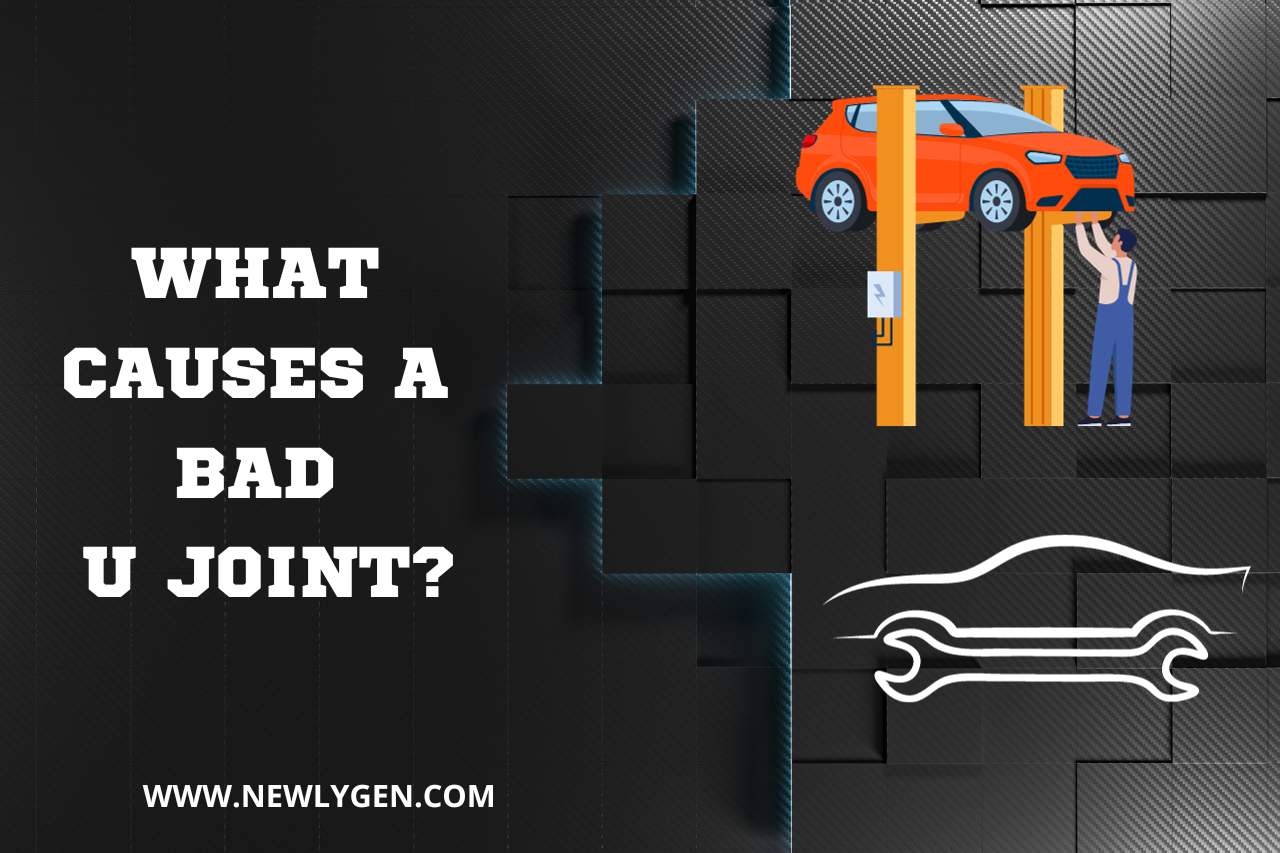


What Causes a Bad U Joint?
A bad U joint can be caused by a lack of lubrication, wear and tear, contamination, etc. Let us explain each cause to you.
- Lack of Lubrication: Lubrication is essential for smooth operation, so insufficient grease increases friction and wear. We’ve noticed that neglected maintenance or leaking seals often lead to dry, squeaky joints. Regularly checking and replenishing grease is crucial, as we recommend based on our experiences.
- Wear and Tear: Constant motion naturally wears down the U-joint over time, especially if you drive often. Needle bearings inside the joint can wear out, causing looseness and binding. Heavy usage, like towing or off-roading, accelerates this wear.
- Misalignment: Correct alignment of connected shafts is vital. Improper angles create extra stress, leading to faster wear and vibrations. From what we’ve seen, ensuring proper installation and alignment is key to longevity.
- Contamination: Dirt, debris, and moisture are major threats, especially in off-road conditions. These contaminants act aggressively, like sandpaper, wearing down the joint. Protective boots and seals should be checked regularly to prevent contamination.
- Overloading: Pushing the U-joint beyond its capacity is a surefire way to hasten its demise. We suggest being mindful of the vehicle’s towing and load limits. Aggressive driving or excessive weight can overwhelm and damage the joint.
You May Also Like
Does Axle Damage Total a Car? Find Out Here!
CV Axle Won’t Seat All the Way – (Expert Tips & Advice)
How to Grease Trailer Axle? Safety First!
How Much to Fix a Broken Axle? (Pricing & Considerations)
How Much does a Car Axle Weigh? Key Differences Unveiled!
How to Know If Car Axle is Bad? Making the Right Choice!
How Long does It Take to Replace a U Joint? Efficiency Matters!
How Long Can you Drive with a Bad U Joint? Understanding the Impact!

